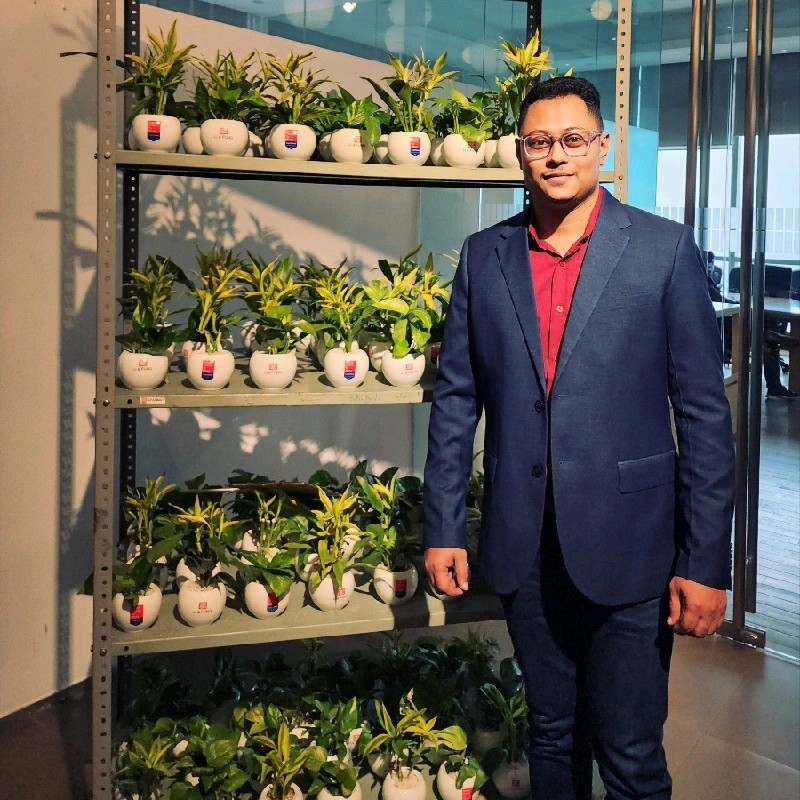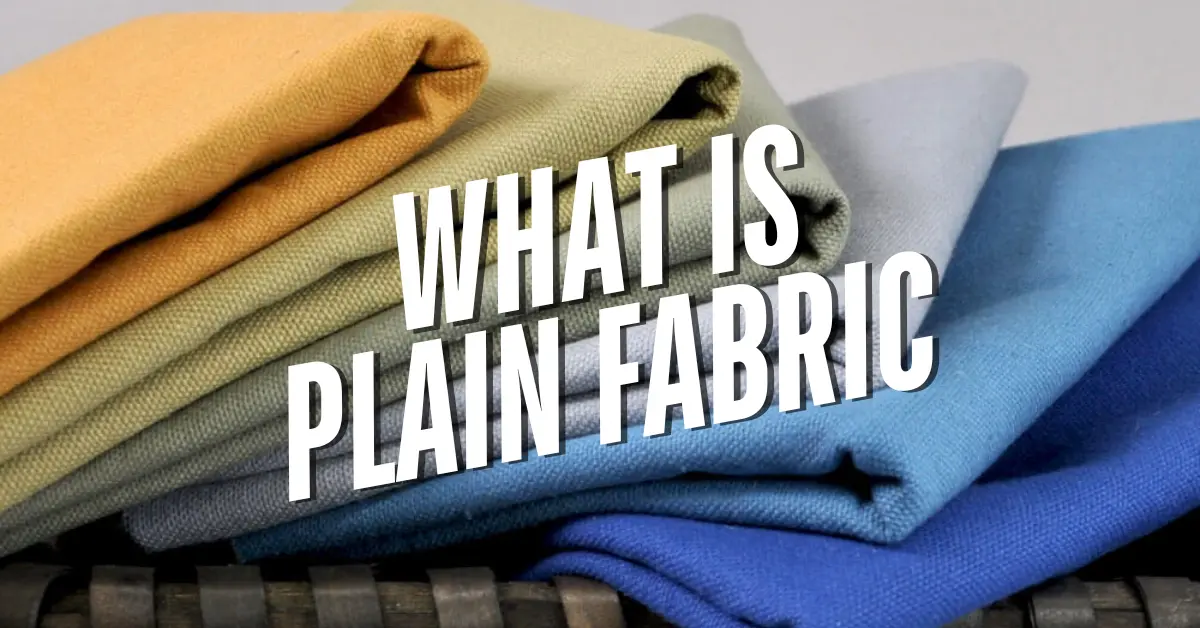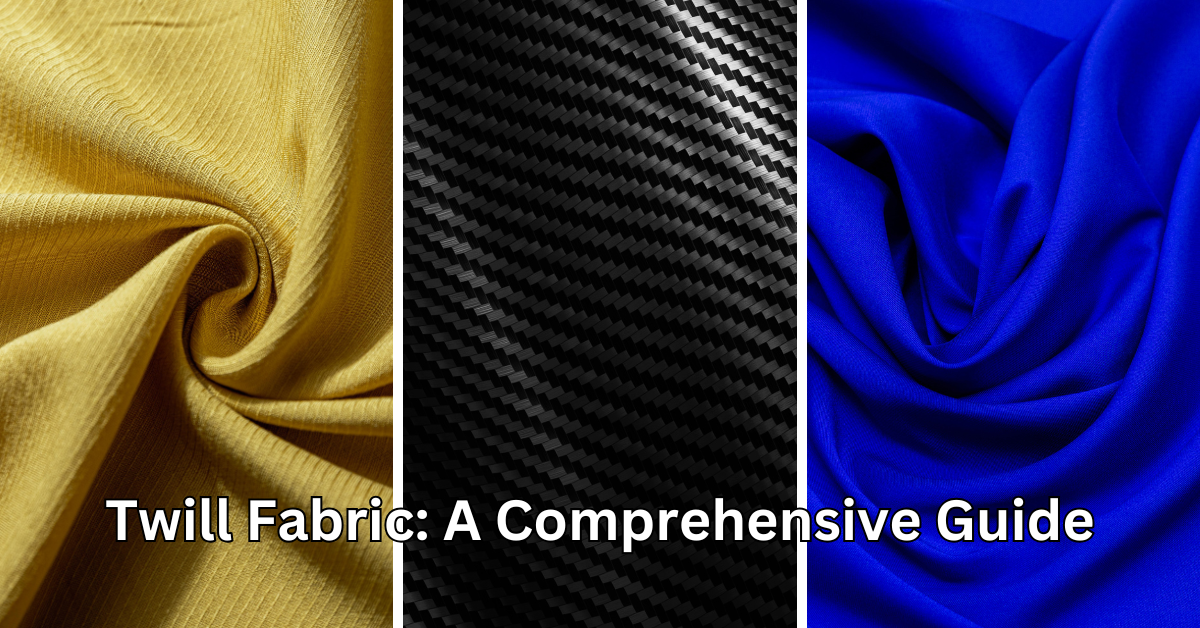Taffeta is a luxurious, crisp fabric known for its smooth texture and lustrous sheen. The types of taffeta vary widely, from the classic silk versions to more modern synthetic alternatives. Each type offers unique properties that make it ideal for different applications, such as high-end fashion, interior design, and decorative items. Whether you’re looking for a soft, flowing fabric or a stiff, structured one, the various types of taffeta cater to a wide range of design needs.
Understanding Taffeta: A Luxurious Fabric
Taffeta is characterized by its tight weave and fine texture, resulting in a fabric that is both durable and elegant. Its signature “scroop” or rustling sound adds to its appeal in high-end fashion. Historically, taffeta was produced in Italy and France, but today, major production centers include India and Pakistan.
Diverse Types of Taffeta Fabric

Taffeta comes in various forms, each with distinct characteristics and uses.
Silk Taffeta
Silk taffeta is the traditional form, renowned for its luxurious sheen and crisp texture. It is commonly used in high-end fashion for evening gowns, bridal wear, and corsets, offering a structured silhouette that holds its shape well.
Synthetic Taffeta
Made from man-made fibers like polyester or nylon, synthetic taffeta provides a cost-effective and durable alternative to silk. It maintains the crispness and sheen of silk taffeta and is often used in affordable apparel, linings, and decorative applications.
Yarn-Dyed Taffeta
In yarn-dyed taffeta, the threads are dyed before weaving, resulting in vibrant, long-lasting colors and a crisp texture. This type is favored for evening dresses and formal attire where color vibrancy is essential.
Piece-Dyed Taffeta
Piece-dyed taffeta is dyed after the fabric has been woven, leading to a softer texture compared to yarn-dyed varieties. It is commonly used for linings and garments requiring a smoother drape.
Shot Silk Taffeta
Shot silk taffeta is woven using different colored warp and weft threads, creating an iridescent effect that changes color depending on the angle of light. This unique appearance makes it popular for luxurious garments and decorative items.
Paper Taffeta
Paper taffeta is produced from extra-thin fibers, resulting in an extremely lightweight and crisp fabric. It is often used in fashion applications that require delicate and airy materials.
Moiré Taffeta
Moiré taffeta features a rippling, watermark-like pattern achieved through a finishing process. This distinctive visual texture is commonly utilized in formal wear, upholstery, and drapery.
Antique Taffeta
Antique taffeta is characterized by its stiffness and the presence of soft yarn lumps at regular intervals, giving it a textured appearance. It is often used in period costumes and vintage-inspired fashion.
Applications and Uses of Different Taffeta Types
The various types of taffeta fabrics find applications across multiple domains:
- Fashion: Silk and shot silk taffetas are preferred for evening gowns, bridal wear, and corsets due to their luxurious appearance and structured drape.
- Linings: Piece-dyed taffeta, with its softer texture, is commonly used for lining jackets, coats, and other garments.
- Decorative Items: Moiré taffeta’s unique pattern makes it suitable for upholstery, drapery, and other interior design elements.
- Affordable Apparel: Synthetic taffeta offers a cost-effective option for creating stylish clothing and accessories without compromising on the crispness and sheen associated with traditional taffeta.
Caring for Taffeta Fabrics

Proper care is essential to maintain the quality and longevity of taffeta fabrics:
- Cleaning: Dry cleaning is recommended for silk taffeta to preserve its texture and sheen. Synthetic taffetas may be hand-washed with mild detergent, but always refer to the manufacturer’s care instructions.
- Storage: Store taffeta garments in a cool, dry place, preferably in garment bags to protect them from dust and moisture. Avoid hanging heavy taffeta items, as this can cause stretching; instead, fold them neatly.
- Ironing: Use a low heat setting and place a pressing cloth between the iron and the fabric to prevent scorching. Steam can help remove wrinkles, but avoid excessive moisture.
Conclusion
Taffeta’s versatility and elegance have cemented its place in both historical and contemporary textile applications. Understanding the different types of taffeta—ranging from luxurious silk variants to practical synthetic options—enables designers, manufacturers, and consumers to make informed choices tailored to their specific needs. Whether crafting a high-end evening gown or seeking a durable lining material, taffeta offers a solution that combines aesthetic appeal with functional performance.

Manager – Fabric Technical and Sourcing/Product Development/ Sustainable Material Management.
I am a B.Sc .-educated Manager of Fabric Sourcing and Technology with extensive experience in the apparel and fashion industry. Passionate about trend analysis, fabric sourcing, and sustainable textile solutions, I thrive in fast-paced environments that demand innovation, adaptability, and leadership.
As a servant leader, I am committed to honesty, transparency, and continuous process improvement. My expertise spans fabric development, product quality management, and supply chain optimization, ensuring exceptional performance across all facets of sourcing and production.
Core Skills & Expertise
✔ Fabric Sourcing & Development – Specialized in regular and sustainable textiles (BCI, Organic, Recycled).✔ Trend Analysis – In-depth understanding of global fashion and fabric trends.✔ Product Development – Expertise in material innovation and process optimization.✔ Quality Management – Strong focus on process control, ensuring high-quality production.✔ Leadership & Problem-Solving – Solution-oriented approach to team management and decision-making.
Technical Proficiency
🖥 Software & Tools:▪ Microsoft Outlook, Excel, Word▪ PLM (Product Lifecycle Management)
🌱 Sustainable & Ethical Practices:▪ Better Cotton Initiative (BCI)▪ Organic & Recycled Fabric Management
Key Strengths
✅ Solution-Focused Leadership – Driving innovation and efficiency in fabric sourcing.✅ Quick Decision-Maker – Adapting to market shifts and production challenges.✅ Team Player with a Positive Attitude – Ensuring collaboration and productivity.✅ Strong Time Management – Meeting deadlines while maintaining quality.
Professional Achievements
🏆 Li & Fung GEM Award – Recognized for fabric sourcing and supply chain management excellence.🏆 Group CEO GEM Award – Honored for outstanding leadership and process innovation.

